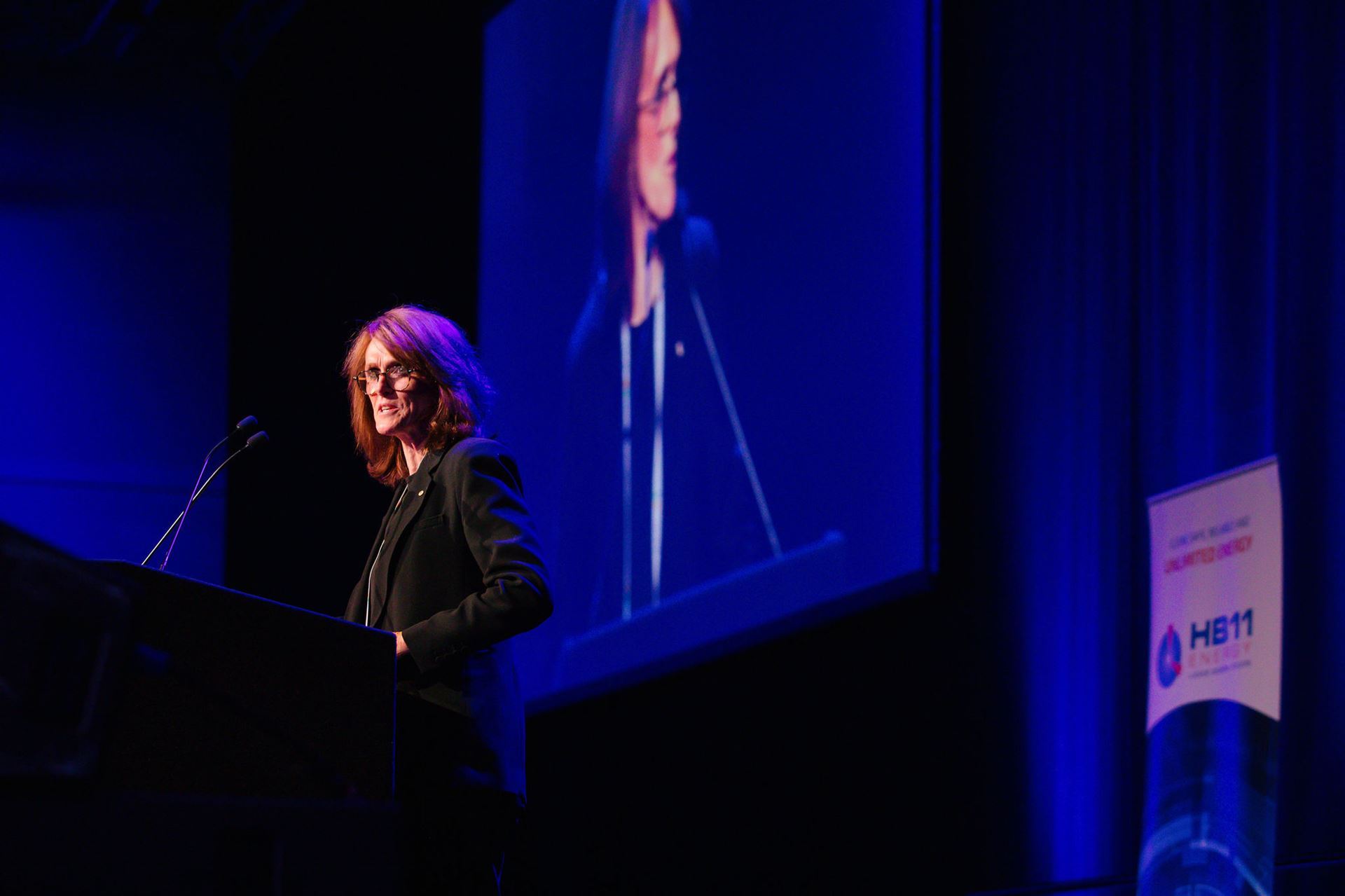
Opinion article written by Professor Cathy Foley, Australia’s Chief Scientist, for the 24th Congress of the Australian Institute of Physics in December 2022.
Australia’s leadership in quantum computing and quantum science today isn’t an accident. It is the result of over sixty years of investment in the physical sciences in our universities and research agencies, and it gives us the opportunity to lead the world in new technologie
s, industries and jobs.
It’s a truism that there’s no such thing as overnight success; achievement comes from long-term commitment.
This is definitely the case of Australia’s investment and expertise in the quantum research sector. We invested early – largely because our researchers and public funding bodies recognised the promise of quantum, and the physicists were organised and had strong leadership.
We’ve had 14 Centres of Excellence over the past 20 years, devoted to various aspects of quantum research. Today, Australia has 22 quantum-related research institutions, whose researchers participate in these Centres of Excellence.
The first Australian research paper was published in 1959 on time-correlated photons, and that same year, Guy White from my old team at CSIRO published Experimental Techniques in Low-Temperature Physics, still the go-to text.
Since then, Australian researchers have made theoretical breakthroughs and pioneered many techniques, including in silicon quantum computing, photonics and cold-atom systems.
So, it’s a long history.
That depth of quantum research is why we have such a wealth of expertise.
It’s why we have around 20 and growing quantum-related start-ups in Australia spanning investments across hardware, software, communications, sensing, cryptography, biology and consultancy capability.
This week, at the Australian Institute of Physics Congress in Adelaide, we’re hearing about the latest developments in precision navigation and timing without GPS; and sensing, including quantum clocks, diamond-based sensors, and sensing for defence, intelligence, navigation and earth observation.
There are papers on superconducting quantum hardware and NV diamond foundries, and technologies that can sense the start of a volcanic eruption.
We’re hearing about quantum technologies to explore the brain, and how enzymes in our bodies catalyse complex reaction.
Our talent is behind many existing and emerging quantum applications, including quantum random number generators for security and sensors for mining and civil engineering – a lot of this research is done with the support of international partners.
However, Australia’s ambition goes well beyond supplying a hungry world with expertise. We are building our own quantum industry.
As Australia’s Chief Scientist, I am very committed to this, as is the Australian Government. We recognise the transformative implications of quantum technologies, not only to the defence and security sphere, but ultimately to the way we live our lives.
We’re in the process of finalising a National Quantum Strategy and have established a National Quantum Advisory Committee comprising quantum and business experts around the country, along with a network of state and territory governments.
Our goal is to advance the quantum sector to build knowledge, speed discovery, lift the complexity of our economy and improve lives.
The way I see it, there are three things that are critical for the global quantum community as we accelerate this set of technologies.
First, investing in basic science, the process of discovery, must continue. I have sometimes described quantum computing as being still very much a science project.
The same can be said of many of the potential applications in quantum, in health, communications, sensing, or encryption.
But the potential is extraordinary in many areas. Quantum computing could be a game-changer in climate technologies to help us reach that difficult net-zero target.
In everything from battery chemistry, to the efficiency of solar cells, to reduce methane emissions, and to find new catalysts for hydrogen, quantum simulation and computing holds great promise.
We don’t know precisely how it will play out and over what timeframe. We can’t say for sure which areas will see progress that surpasses expectations, and where it will fall short. Discovery is a rich and unpredictable process!
As leaders in this field, we need to keep reinforcing that message, so investors and decision-makers understand that not every avenue will emerge in the sun. We do have to play the patience game.
Yet at every stage, we learn more, and build the knowledge base from which new and unexpected discoveries will follow.
This is how to maintain the excitement, interest and momentum. It’s the scientific process in action, and it’s what I love about my profession.
Second, the skills gaps. It sometimes feels as though advanced economies have entered the international talent wars.
We’re all competing for the same pool of people and pinning hopes on skilled migration to solve significant skills shortages across a range of critical industries.
Of course, this is a zero/sum game. The only way to tackle the skills shortage is to continue the focus on STEM engagement across the board.
And to be frank, this shouldn’t be so hard. Kids are born scientists, explorers and inventors – all kids, not only the boys. With the right expectations and teaching, we can close the skills deficit.
In Australia, we have a number of skills initiatives, including a focus on transferable skills which recognises the uncertainty embedded in these disruptive sectors.
At the same time, we will continue to support the international flow of talent, always an important part of our research and innovation ecosystem.
The third and final consideration relates to regulation – the frameworks in which we develop these technologies to ensure they remain a force for good.
Australia was part of the development of first governance guidelines for quantum computing through the World Economic Forum process last year.
The core values set out in the Quantum Governance Principles are an excellent and sensible guide.
We’re pursuing the promise of quantum partly for the sake of discovery, simply to learn. But also – and ultimately – this shared mission is about improving our lives.
It’s about solving environmental, medical and energy challenges, understanding more about our place in the cosmos as we chart humanity’s future.
Those are the goals to guide our actions.
Read more stories from the 2022 AIP Congress.
 Cognates
Cognates Site Navigation
Site Navigation
